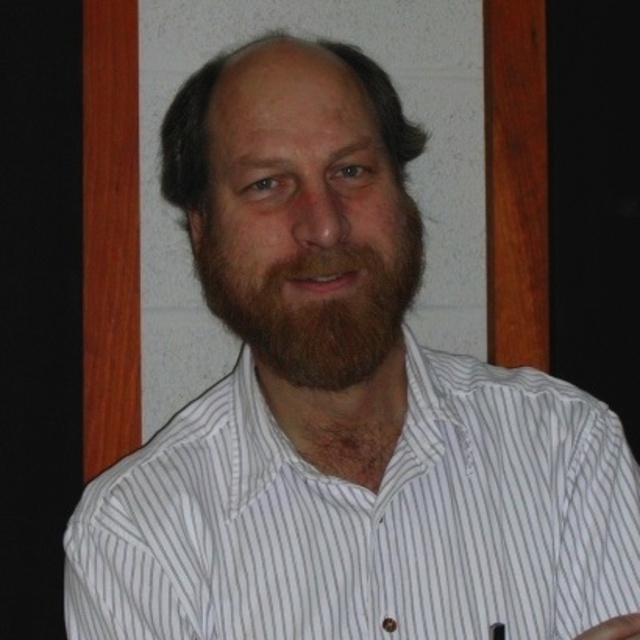October
2014
•
2014ApJ...793..135S
Authors
•
Sesar, Branimir
•
Banholzer, Sophianna R.
•
Cohen, Judith G.
•
Martin, Nicolas F.
•
Grillmair, Carl J.
•
Levitan, David
•
Laher, Russ R.
•
Ofek, Eran O.
•
Surace, Jason A.
•
Kulkarni, Shrinivas R.
•
Prince, Thomas A.
•
Rix, Hans-Walter
Abstract
•
Almost every known low-luminosity Milky Way dwarf spheroidal (dSph) satellite galaxy contains at least one RR Lyrae star. Assuming that a fraction of distant (60 < d helio < 100 kpc) Galactic halo RR Lyrae stars are members of yet to be discovered low-luminosity dSph galaxies, we perform a guided search for these low-luminosity dSph galaxies. In order to detect the presence of dSph galaxies, we combine stars selected from more than 123 sightlines centered on RR Lyrae stars identified by the Palomar Transient Factory. We find that this method is sensitive enough to detect the presence of Segue 1-like galaxies (M_V= -1.5+0.6-0.8, rh = 30 pc) even if only ~20 sightlines were occupied by such dSph galaxies. Yet, when our method is applied to the Sloan Digital Sky Survey Data Release 10 imaging catalog, no signal is detected. An application of our method to sightlines occupied by pairs of close (<200 pc) horizontal branch stars, also did not yield a detection. Thus, we place upper limits on the number of low-luminosity dSph galaxies with half-light radii from 30 pc to 120 pc, and in the probed volume of the halo. Stronger constraints on the luminosity function may be obtained by applying our method to sightlines centered on RR Lyrae stars selected from the Pan-STARRS1 survey, and eventually, from the Large Synoptic Survey Telescope. In Appendix A, we present spectroscopic observations of an RRab star in the Boötes 3 dSph and a light curve of an RRab star near the Boötes 2 dSph.
Links




